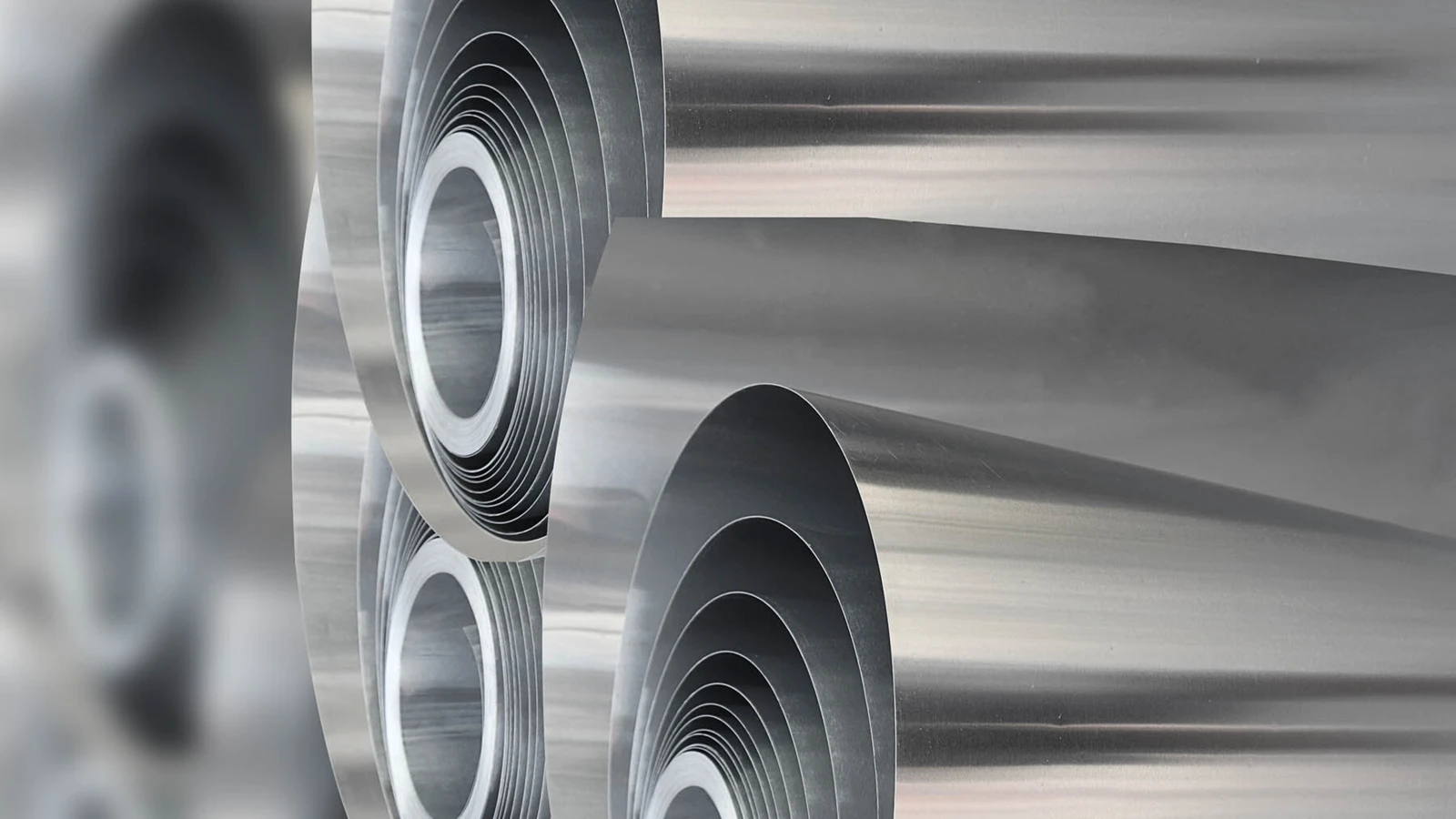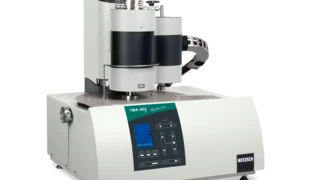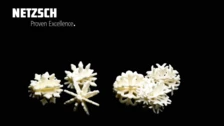
19.09.2023 by Aileen Sammler
Thermomechanical Analysis of Thin Metal Layers
Thin metal foils are used in a variety of industries. The thermal analysis of thin metal films provides important information about the behavior of metals under different conditions. Specifically, knowledge of a metal's RelaxationWhen a constant strain is applied to a rubber compound, the force necessary to maintain that strain is not constant but decreases with time; this behavior is known as stress relaxation. The process responsible for stress relaxation can be physical or chemical, and under normal conditions, both will occur at the same time. relaxation properties can be helpful in selecting or optimizing materials/material compositions for specific applications, such as in electronics, aerospace or automotive engineering.
Thin metal foils are used in a variety of industries, for example:
- Electronics: Thin metal layers are used as conductive tracks in flexible circuits, as shields and in various other electronic components.
- Packaging: In the food industry, metal foils, especially aluminum foils, are often employed for packaging as they provide a barrier against light, oxygen, and moisture.
- Energy: Thin metal foils are applied as electrodes or current collectors in batteries and fuel cells.
- Aerospace: Thin metal foils can be found in various components of aircraft and spacecraft, especially when weight and space are taken into consideration.
- Medicine: Thin gold foils are used as radiation enhancers in radiation therapy.
In all these applications, materials with high RelaxationWhen a constant strain is applied to a rubber compound, the force necessary to maintain that strain is not constant but decreases with time; this behavior is known as stress relaxation. The process responsible for stress relaxation can be physical or chemical, and under normal conditions, both will occur at the same time. relaxation strength are important to maintain contact over an extended period – even at higher temperatures. This is because, over time, the mechanical properties of metal foils can change due to various factors such as temperature, moisture or mechanical StressStress is defined as a level of force applied on a sample with a well-defined cross section. (Stress = force/area). Samples having a circular or rectangular cross section can be compressed or stretched. Elastic materials like rubber can be stretched up to 5 to 10 times their original length.stress.
The investigation of thin metal films by means of TMA provides important information about the behavior of metals under different conditions. In addition to thermal expansion, knowledge of a metal's RelaxationWhen a constant strain is applied to a rubber compound, the force necessary to maintain that strain is not constant but decreases with time; this behavior is known as stress relaxation. The process responsible for stress relaxation can be physical or chemical, and under normal conditions, both will occur at the same time. relaxation properties specifically can be helpful in selecting or optimizing materials/material compositions for specific applications, such as in electronics, aerospace or automotive engineering.
In our current application note, we examined the RelaxationWhen a constant strain is applied to a rubber compound, the force necessary to maintain that strain is not constant but decreases with time; this behavior is known as stress relaxation. The process responsible for stress relaxation can be physical or chemical, and under normal conditions, both will occur at the same time. relaxation behavior of different metal foils using thermomechanical analysis (TMA). Here, our NETZSCH TMA 402 Hyperion® with the „displacement control” software option was used.
Read more and learn about:
- the changing properties of metal foils at consistently elevated temperatures
- the influence of composition on the RelaxationWhen a constant strain is applied to a rubber compound, the force necessary to maintain that strain is not constant but decreases with time; this behavior is known as stress relaxation. The process responsible for stress relaxation can be physical or chemical, and under normal conditions, both will occur at the same time. relaxation behavior of metal films
- the measurement of metal layers made of CuAg (copper-silver alloy), CuBe (copper-beryllium alloy), and a Pd alloy (palladium) using 3-point bending




